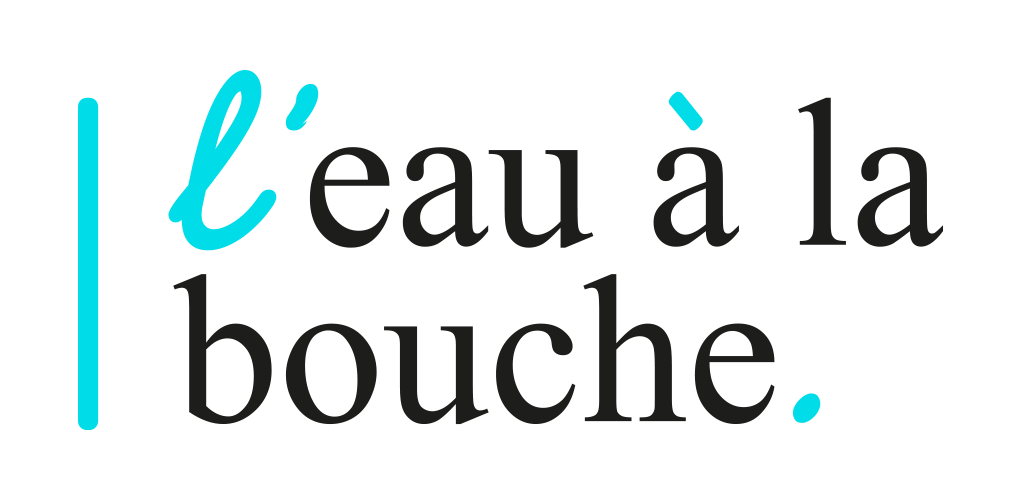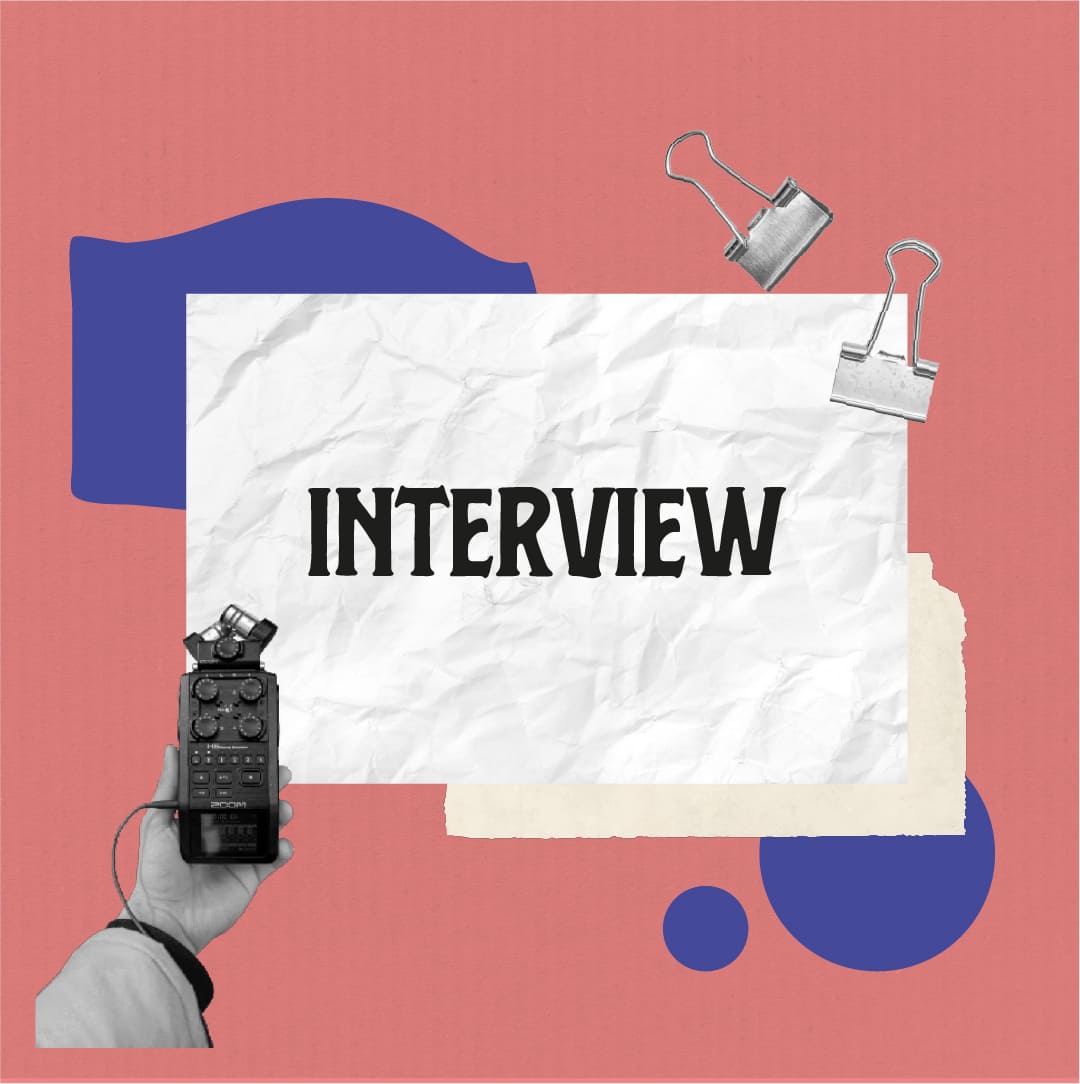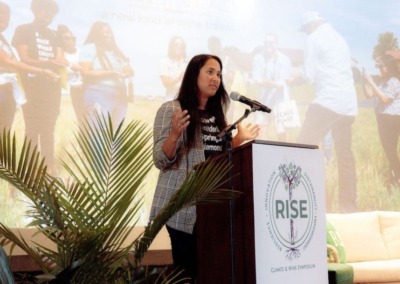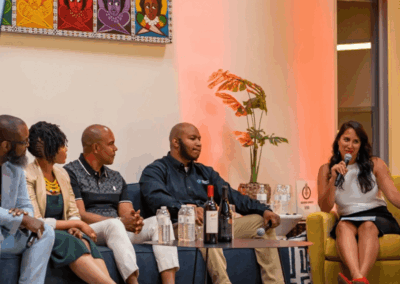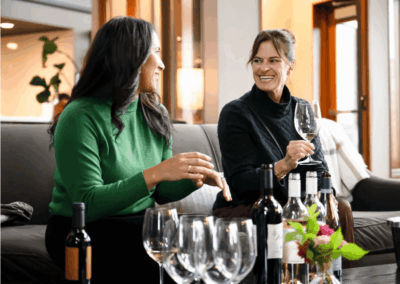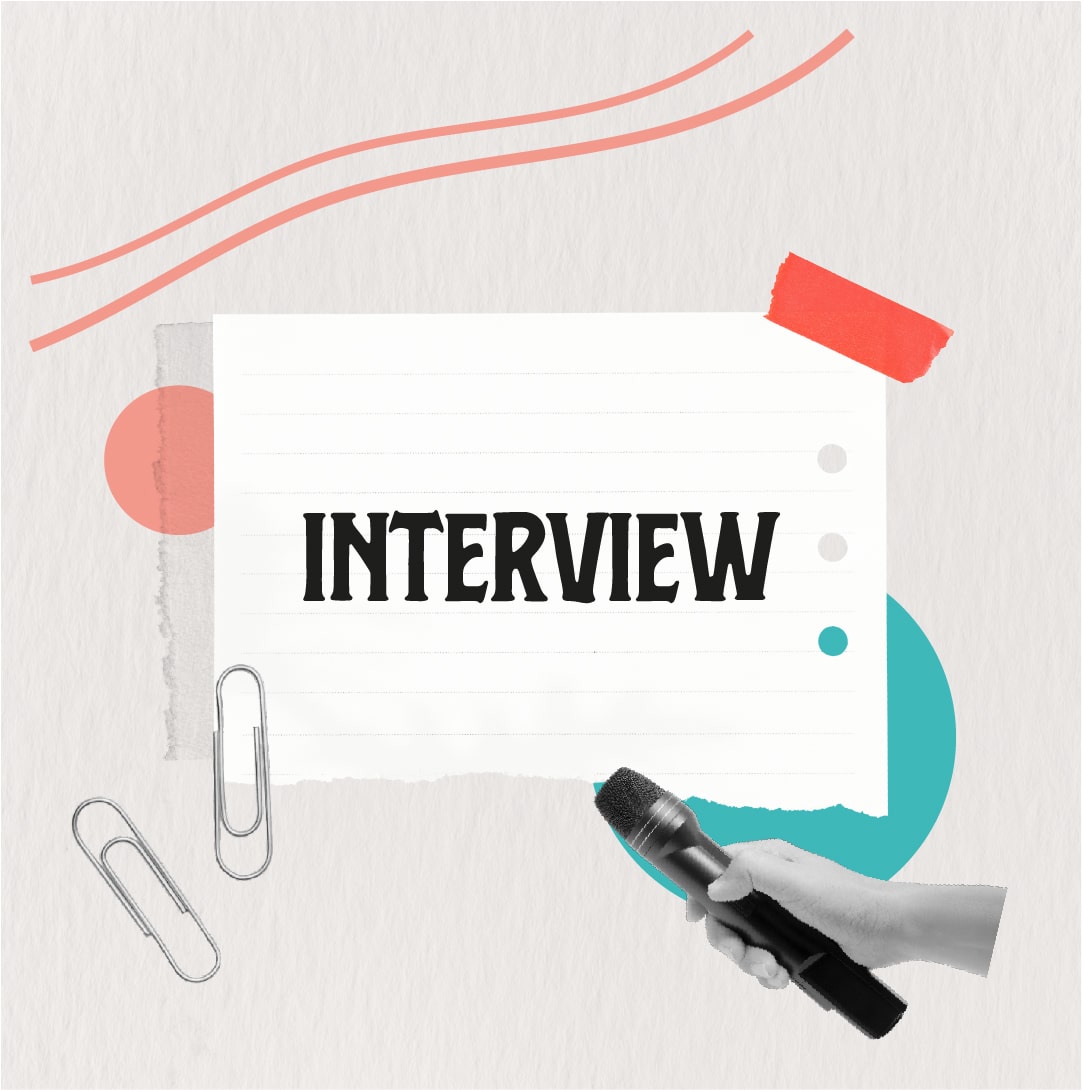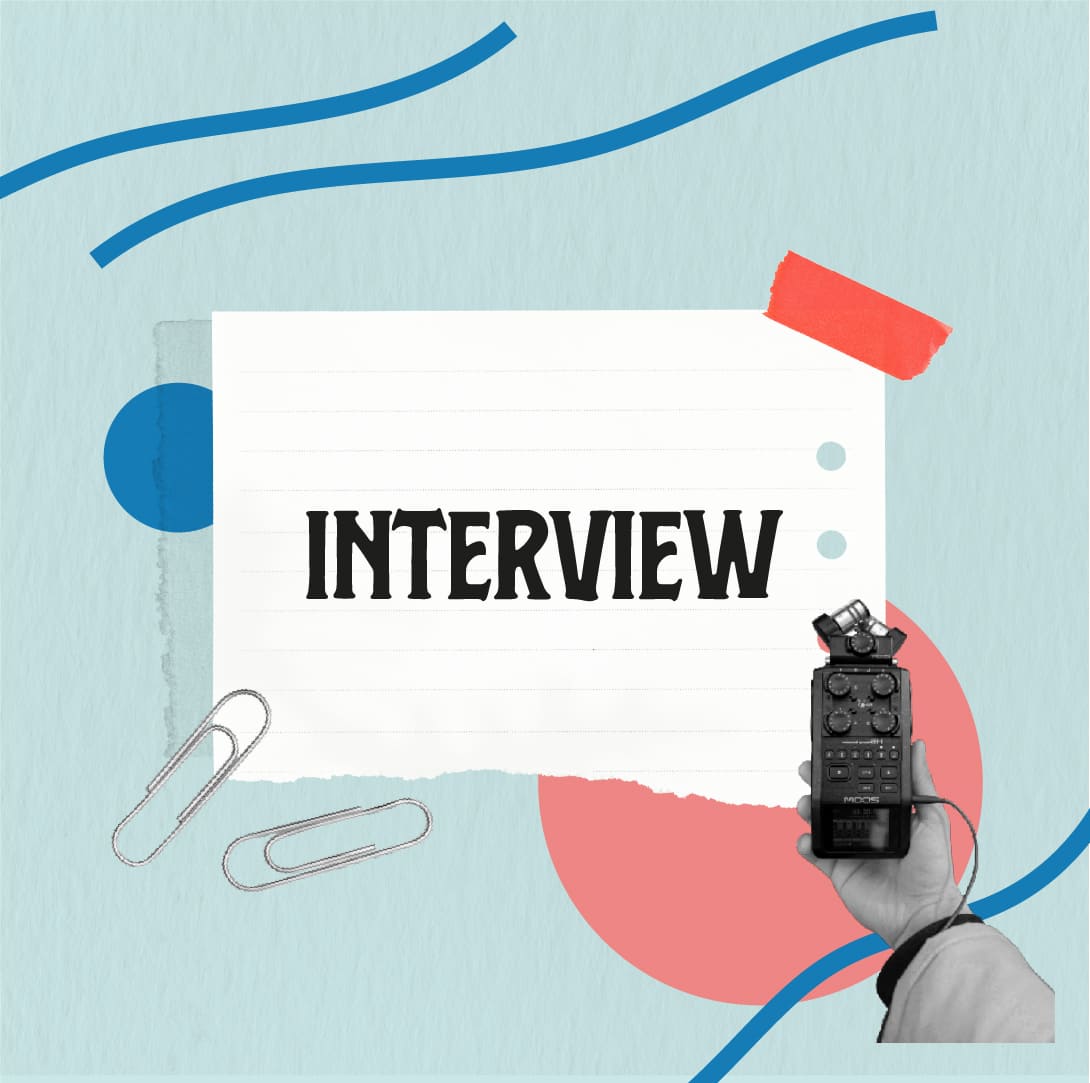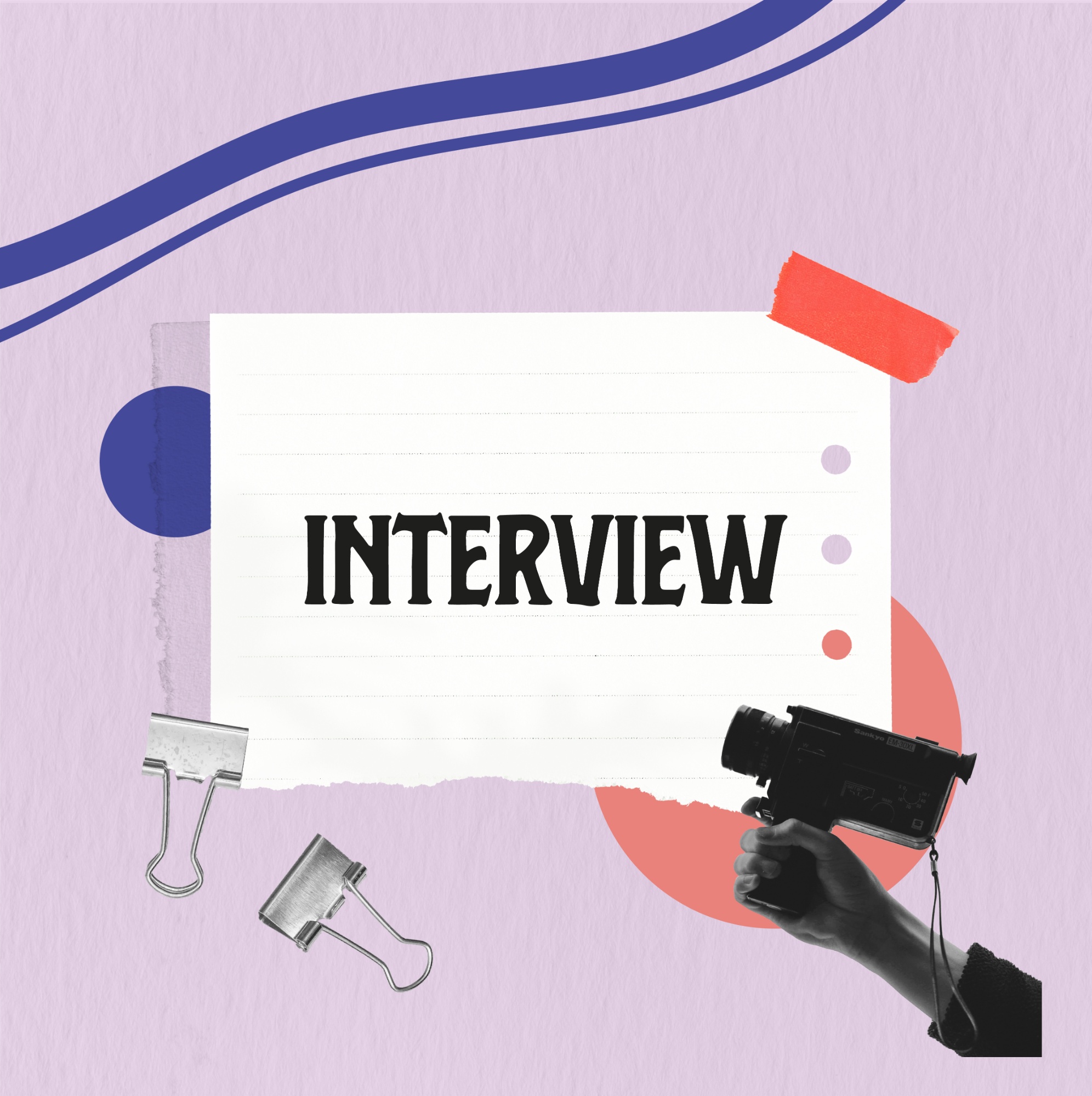At l’eau à la bouche, we seek out voices that push boundaries and shape the future of food and wine with purpose. For this issue, we traveled to Napa, California, to meet a woman whose energy is as sharp as it is generous. A consultant, entrepreneur, and educator, she’s made human connection and sensory education the foundation of her work.
Her company, Maryam & Company, crafts immersive learning experiences for clients in the food and beverage industry. Through her journey, she reveals a precise, inclusive, and deeply human vision for the future.
If your work had a texture or a scent, what would it be?
A weave. Something intricate, but fluid. My job is to connect: people, disciplines, sensations. It’s not linear or fixed. There’s rhythm, pattern, life.
You often talk about “immersive educational experiences.” What does that actually look like?
For me, learning only works when it touches something personal. When I design a training for a restaurant or a wine brand, I start with what people feel—not what I want to “teach.” It’s through play, through tasting, through story that we remember. I use workshops, tools, simulations—anything that reconnects the brain to taste, and taste to others.
What triggered the launch of Maryam & Company?
The pandemic, clearly. I was still teaching at the Culinary Institute of America, and I saw how hard traditional education struggled to adapt. Everything got so disembodied. I wanted to create something more agile, more human. Maryam & Company came from that desire—to do things differently, closer to the ground, and with more creativity.
Your work is very sensory, but also strategic. How do you balance both?
I don’t think rigor and sensitivity are opposites. Before wine, I was an analyst at a large distribution group. I learned to structure, quantify, justify. Then I worked harvests, in cellars—that brought me back to instinct, emotion. Now I want my work to have both depth and meaning. Clients come to me for brand clarity and for training their teams on the ground.
Is it still hard to be heard as a woman in the wine world?
Yes, and no. There are more of us, and support networks are growing. But there’s still a ceiling, often invisible. What I notice most is how many women in this field have trained themselves to be ultra-prepared—never “winging it”—because we know we’re being watched more closely. That pressure drives excellence, but it’s exhausting too. We should be able to be brilliant without having to prove it three times.
You also talk about inclusion beyond gender. What does that look like in practice?
Training teams who didn’t go to fancy schools. Listening to servers as much as sommeliers. Translating wine into clear, accessible language—without dumbing it down. Inclusion starts with an attitude: curiosity, humility, and care. It’s not a box to check, it’s a relational style.
What’s your next challenge?
Growing without losing the essence. I’d love to hire 2 or 3 people this year. But I want to keep it close, craft-based, joyful. And I’m hoping to launch a workshop series on food-and-wine pairing as a tool for cultural inclusion. Taste is a universal language. Let’s use it.
And if you were to toast to all that?
A tense, mineral white Burgundy with a side of greasy potato chips. You always need a crunch when you’re chasing dreams.
